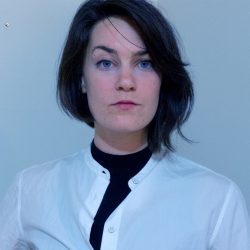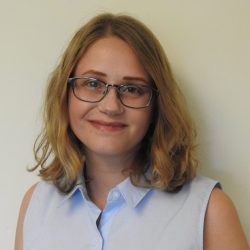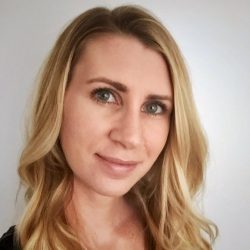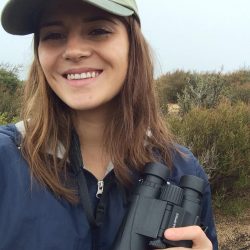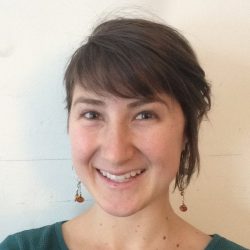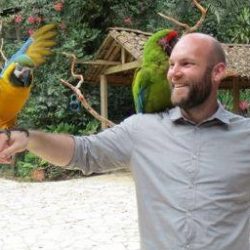Meet the New TIE Fellows!
Monday, May, 15th, 2017 News
TIE has chosen 11 Fellows for their 2017-2018 cohort!
These 11 graduate students represent the School of the Museum of Fine Arts, the School of Engineering, the Friedman School of Nutrition, and many others. The research projects are also very diverse, with focuses based on food security for smallholder farmers in Guatemala to the impact of antimicrobial resistance (AMR) in the Atlantic and Pacific marine environments.
The current TIE Fellows will begin work on their research projects over the summer. In addition to the funding awarded to these Fellows for their projects, they will also participate in workshops devoted to research presentation skills, understanding and navigating a literature review, and grant writing. The goal of the Fellowship is to give students the opportunity for interdisciplinary engagement with their peers and TIE affiliates, and provide a supportive community for the pursuit of scholarship, research, and professionalization. We are very excited about the incoming cohort, and look forward to the results of their projects!
